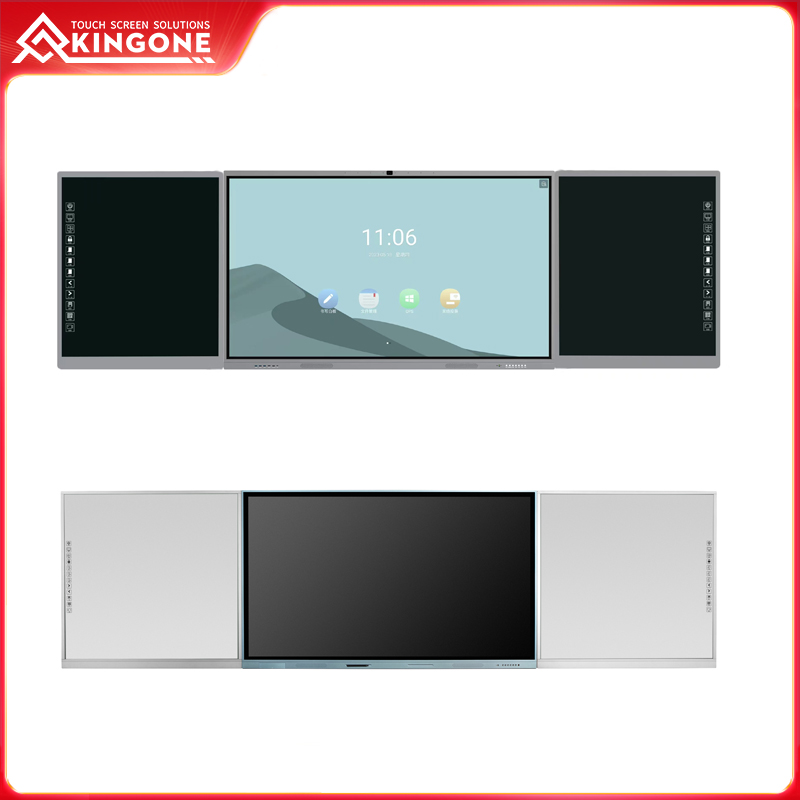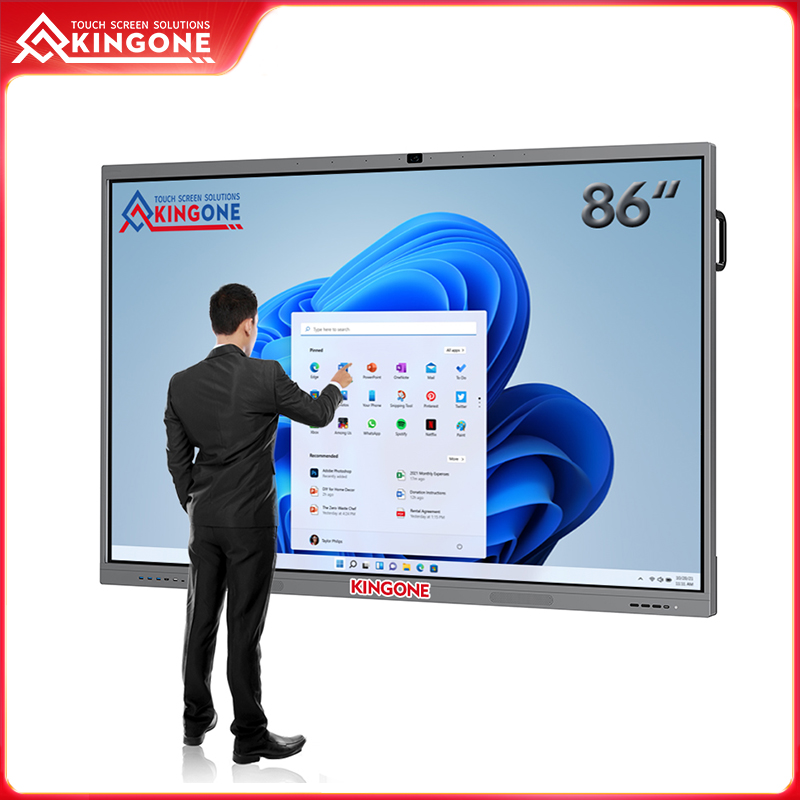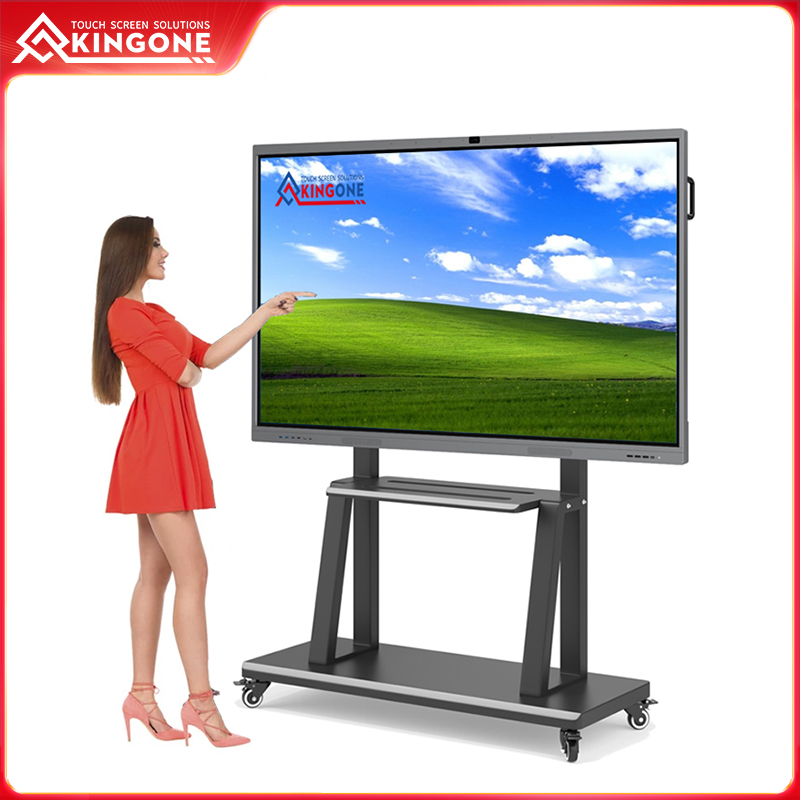Do touch screen monitors require a special stylus?
Published:
2023-10-16 10:28:59
we will explore the need for special styluses in touch screen monitors and provide a comprehensive understanding of the topic.
Touch screen monitors have revolutionized the way we interact with technology. From smartphones to tablets and even laptops, touch screens have become an integral part of our daily lives. However, a common question that arises is whether these touch screen monitors require a special stylus for optimal performance. In this article, we will explore the need for special styluses in touch screen monitors and provide a comprehensive understanding of the topic.

1. Capacitive vs. Resistive Touch Screens
Before diving into the stylus requirements, it is important to differentiate between capacitive and resistive touch screens. Capacitive touch screens are the most common type found in modern devices, including smartphones and tablets. They rely on the electrical properties of the human body to detect touch. On the other hand, resistive touch screens use pressure to register input. Understanding this distinction will help in determining the need for a special stylus.
2. Capacitive Touch Screen Styluses
Capacitive touch screens typically do not require a special stylus to function properly. The technology is designed to respond to the electrical charge of the human body, making it highly intuitive and responsive. However, certain specialized tasks may benefit from the use of a stylus, such as graphic design or precision drawing. In such cases, there are capacitive styluses available in the market that mimic the electrical properties of the human touch, allowing for enhanced precision and control.
3. Resistive Touch Screen Styluses
Resistive touch screens, unlike their capacitive counterparts, often require the use of a special stylus. These screens rely on the application of pressure to register input, making it less responsive to bare finger touches. A regular stylus might not have the necessary pressure sensitivity to interact effectively with a resistive touch screen. Specialized resistive styluses are designed to exert the required pressure, resulting in improved accuracy and responsiveness.
4. Active vs. Passive Styluses
Within the realm of special styluses, there are further differentiations between active and passive styluses. Active styluses require a power source, such as a battery, and often offer advanced features like pressure sensitivity and palm rejection. Passive styluses, on the other hand, do not require a power source and are typically more straightforward in their functionality. The choice between an active or passive stylus depends on the specific requirements of the user and the device being used.
5. Considerations for Choosing a Stylus
When selecting a stylus for a touch screen monitor, several factors should be taken into account. Firstly, compatibility is crucial. Ensure that the stylus is designed for the type of touch screen technology being used. Secondly, consider the intended usage and level of precision required. For tasks that involve detailed drawings or handwriting, a stylus with pressure sensitivity and fine tip may be preferred. Finally, personal preference, ergonomics, and additional features like palm rejection or shortcut buttons should also be considered when making a selection.
6. Conclusion
In conclusion, whether a touch screen monitor requires a special stylus depends on the type of touch screen technology being used. Capacitive touch screens, which are commonly found in modern devices, do not necessarily require a special stylus. However, for resistive touch screens or specific tasks that demand precision, special styluses can significantly enhance the user experience. When choosing a stylus, compatibility, functionality, and personal preferences should be considered to ensure optimal performance and usability.
Summary
In this article, we discussed the need for special styluses in touch screen monitors. We explored the differences between capacitive and resistive touch screens and how they affect stylus requirements. We also examined the distinctions between active and passive styluses and factors to consider when choosing a stylus. Ultimately, we concluded that while not always required, special styluses can enhance the user experience for certain touch screen technologies and specific tasks.
 English
English







